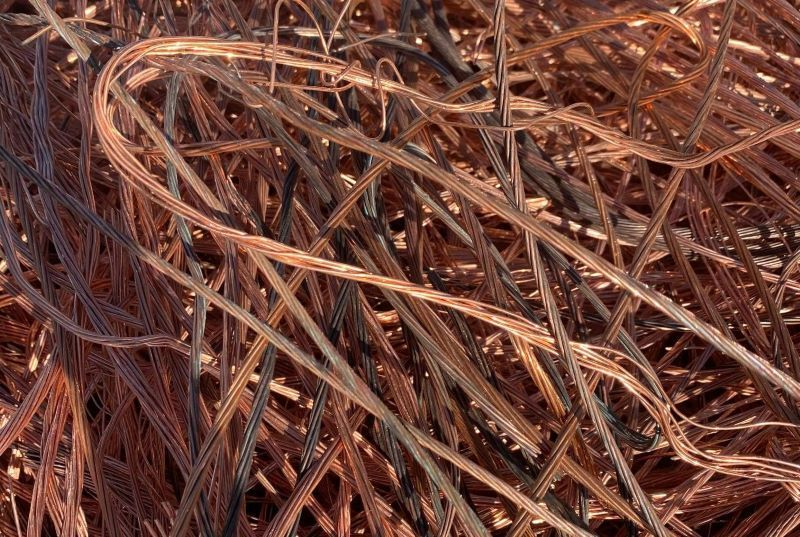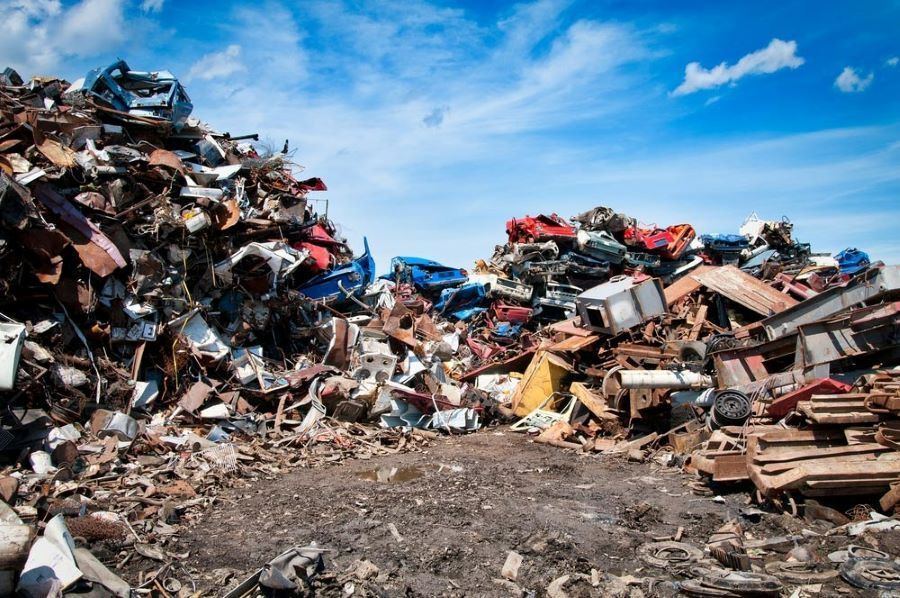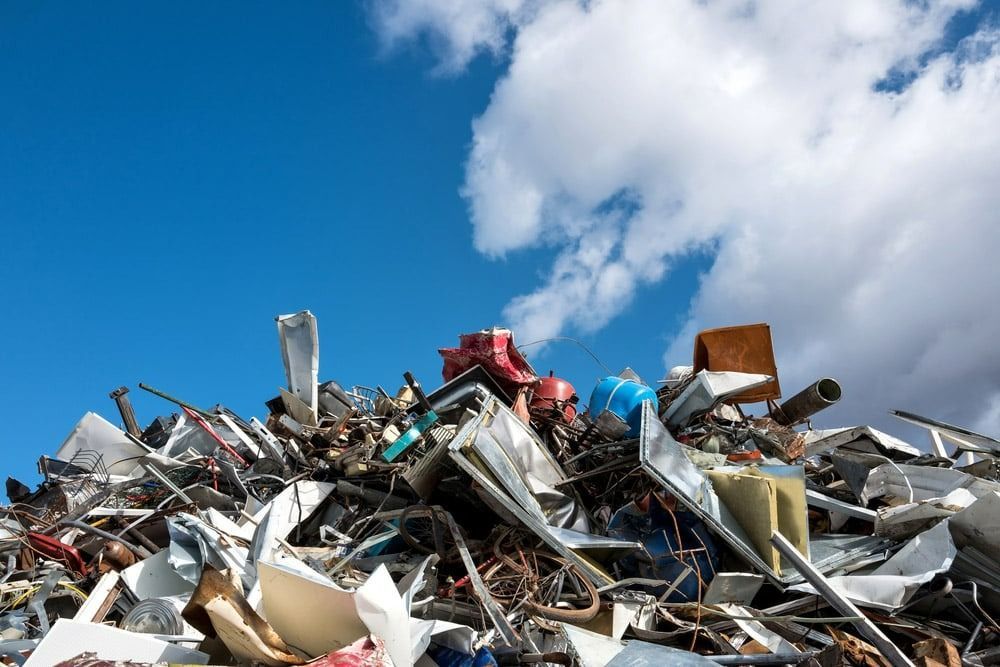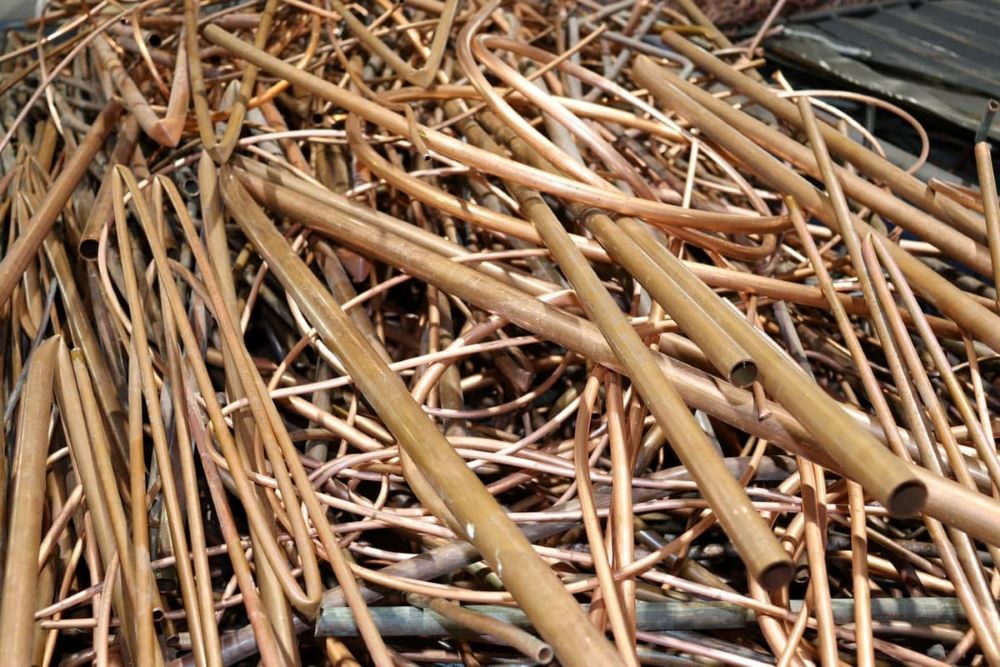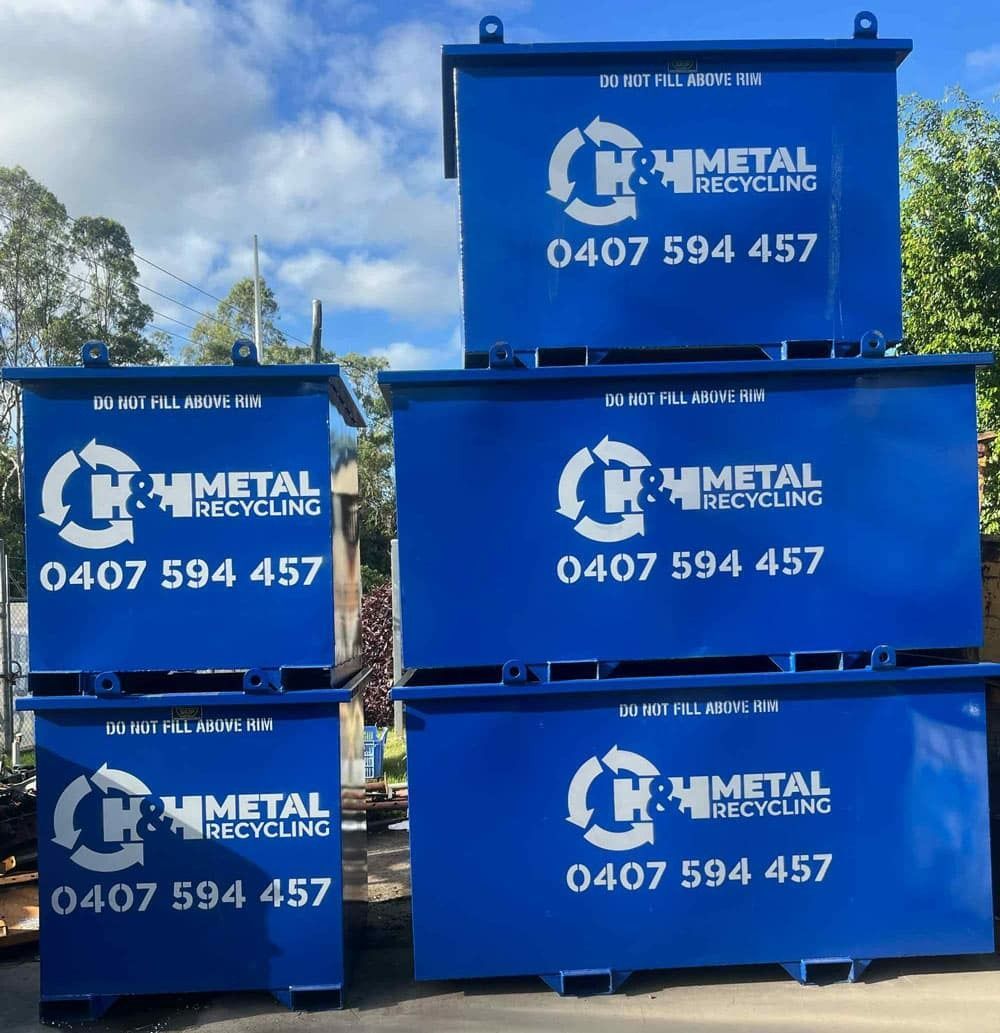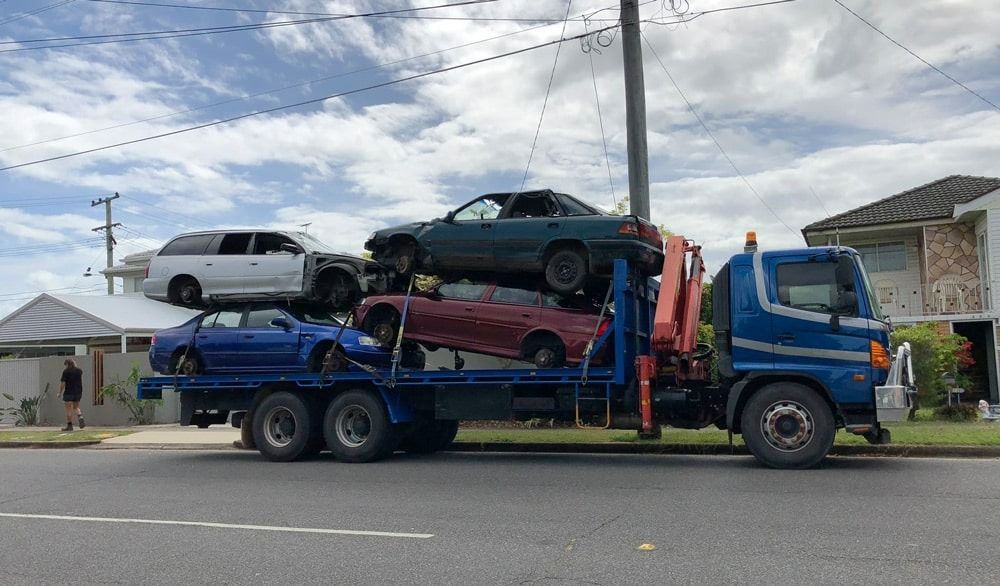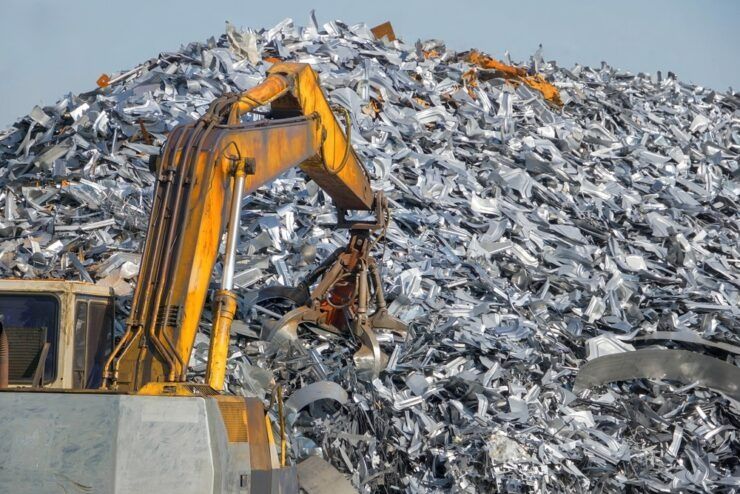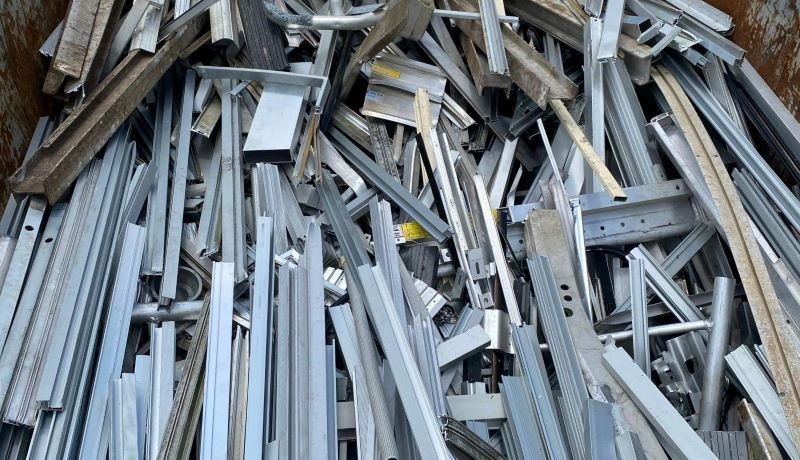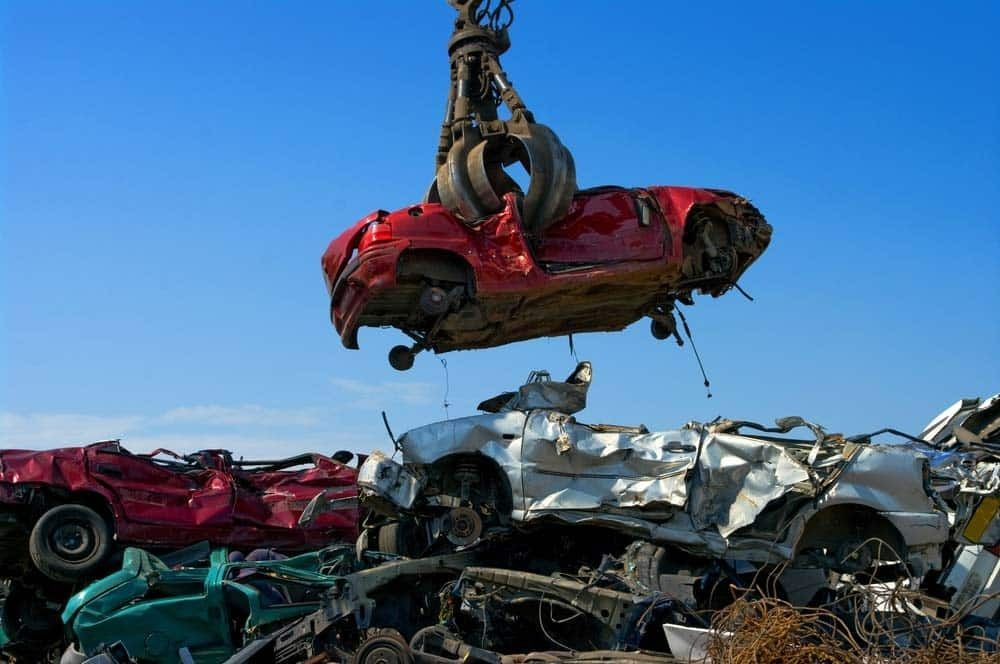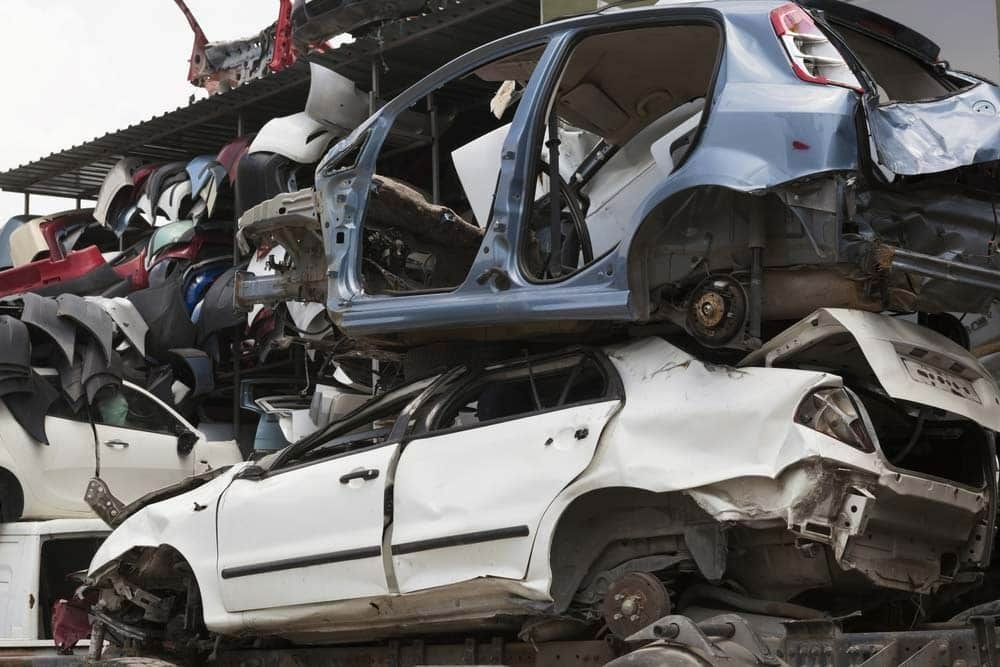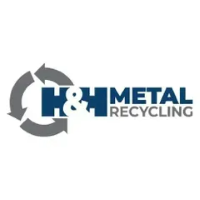5 Misconceptions About Metal Scrapping
Metal scrapping and recycling are essential processes that promote sustainability and reduce waste. However, these practices are often surrounded by myths and misconceptions that discourage people from participating. From concerns about the effort involved to doubts about environmental impact, these misunderstandings can overshadow the many benefits of recycling.
This blog aims to clarify common myths about metal scrapping and recycling while highlighting how waste metal recycling is accessible and beneficial for everyone. By understanding the truth behind these misconceptions, we can all play a role in creating a cleaner, more sustainable future.
Misconception 1: Metal Scrapping Isn’t Worth the Effort
Many people believe that scrapping metal is a tedious process with little reward. This misconception couldn’t be further from the truth. Metal recycling is a straightforward way to declutter your home or business while earning extra cash. Modern scrap yards have streamlined the process, making dropping off unwanted metal items easier than ever.
Benefits of scrapping metal:
- Earn money for recyclable materials.
- Declutter homes, garages, or businesses.
- Contribute to environmental conservation by reducing landfill waste.
Waste metal recycling facilities make scrapping worthwhile with competitive pricing and convenient drop-off options. Recycling scrap metal is not just financially beneficial; it also creates a cleaner, more sustainable future.
Misconception 2: Scrap Yards Only Accept Large Quantities of Metal
Another common myth is that scrap yards only deal with large industrial metal loads. In reality, many facilities accept all sizes, from small household items to industrial scrap. Whether it’s old kitchen utensils, wires, or broken appliances, these items can all be recycled at scrap yards.
Examples of recyclable household items:
- Aluminium cans & foil.
- Stainless steel pans & cutlery.
- Electrical wires & cables.
- Broken bicycles or furniture frames.
Waste metal recycling is designed for everyone—whether you’re clearing out your home or managing a business. This flexibility ensures that everyone can participate in creating a more sustainable environment.
Misconception 3: Recycling Metal Doesn’t Make a Big Environmental Impact
Many people underestimate the environmental benefits of recycling scrap metal. In fact, metal recycling plays a crucial role in conserving natural resources and reducing the carbon footprint of industrial processes. Individuals and businesses contribute to a healthier planet by choosing to recycle metal.
Environmental benefits of metal recycling:
- Reduces mining activities: Recycling reduces the demand for virgin metal extraction, which can devastate natural ecosystems.
- Saves energy: Producing new metal from recycled materials requires significantly less energy than mining and refining raw ores.
- Minimises landfill waste: Recycling prevents non-biodegradable metal items from filling up landfills.
- Decreases greenhouse gas emissions: Using recycled metals in production reduces carbon emissions compared to traditional manufacturing processes.
These positive impacts highlight why waste metal recycling is one of the most effective steps toward sustainability. Scrap yards ensure that metal is given a new lease on life instead of contributing to waste.
Misconception 4: Metal Recycling is Only for Industrial Users
It’s a common belief that metal recycling is limited to large-scale industrial operations. While industries contribute significantly to metal recycling, homeowners and small businesses play an equally vital role in this ecosystem. Everyday items found in homes and offices can be valuable resources for recycling.
Common recyclable items for homeowners & small businesses:
- Aluminium cans & beverage containers.
- Steel shelving units & filing cabinets.
- Scrap metal from home renovations, such as pipes or window frames.
- Discarded electronics containing metal components.
Residential users and small businesses can help keep recyclable materials in circulation by participating in waste metal recycling. Every small contribution adds up, significantly impacting the environment and the local economy.
Misconception 5: Scrap Yards Are Dirty and Unsafe Places
Another misconception that prevents people from engaging in metal recycling is the outdated image of scrap yards as cluttered, hazardous spaces. Modern scrap yards adhere to strict safety, organisational, and environmental standards. Facilities have transformed metal recycling into a clean, efficient, and customer-friendly process.
Features of modern scrap yards:
- Organised drop-off points and designated recycling areas.
- Professional staff will assist with unloading and material sorting.
- Adherence to safety regulations for a secure environment.
- Advanced recycling equipment to process materials efficiently.
These improvements ensure that visiting a scrap yard is a hassle-free experience for everyone. More people can confidently participate in waste metal recycling without hesitation by dispelling this myth.
Looking for Scrap Metal Recycling Near You?
Scrap metal recycling is a simple yet impactful way to contribute to environmental sustainability. By debunking these misconceptions, we hope to encourage more people to recycle unwanted metal items. Whether you’re clearing out your home or managing a business, waste metal recycling provides financial benefits, environmental rewards, and a cleaner community.
At H&H Metal Recycling, we make waste metal recycling on the Sunshine Coast simple and rewarding. Whether you have old appliances, car parts, or industrial scrap, our team is here to help you recycle responsibly while earning money. Contact us today!

